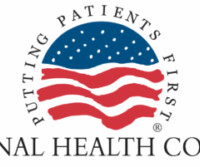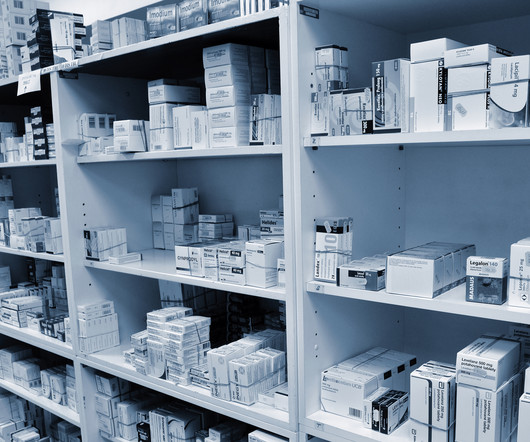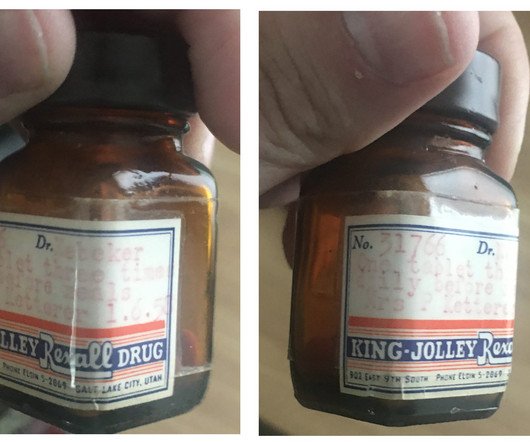NHC Submits Comments on CMS Draft Guidance for IPAY 2028
Putting Patients First Blog
JUNE 26, 2025
The NHC supports the efforts to reduce out-of-pocket costs for Medicare beneficiaries and appreciates CMS’ work to establish a process that seeks to incorporate patient perspectives into drug pricing policy. A first priority is clarifying how providers should submit claims for drugs subject to the MFP.











Let's personalize your content